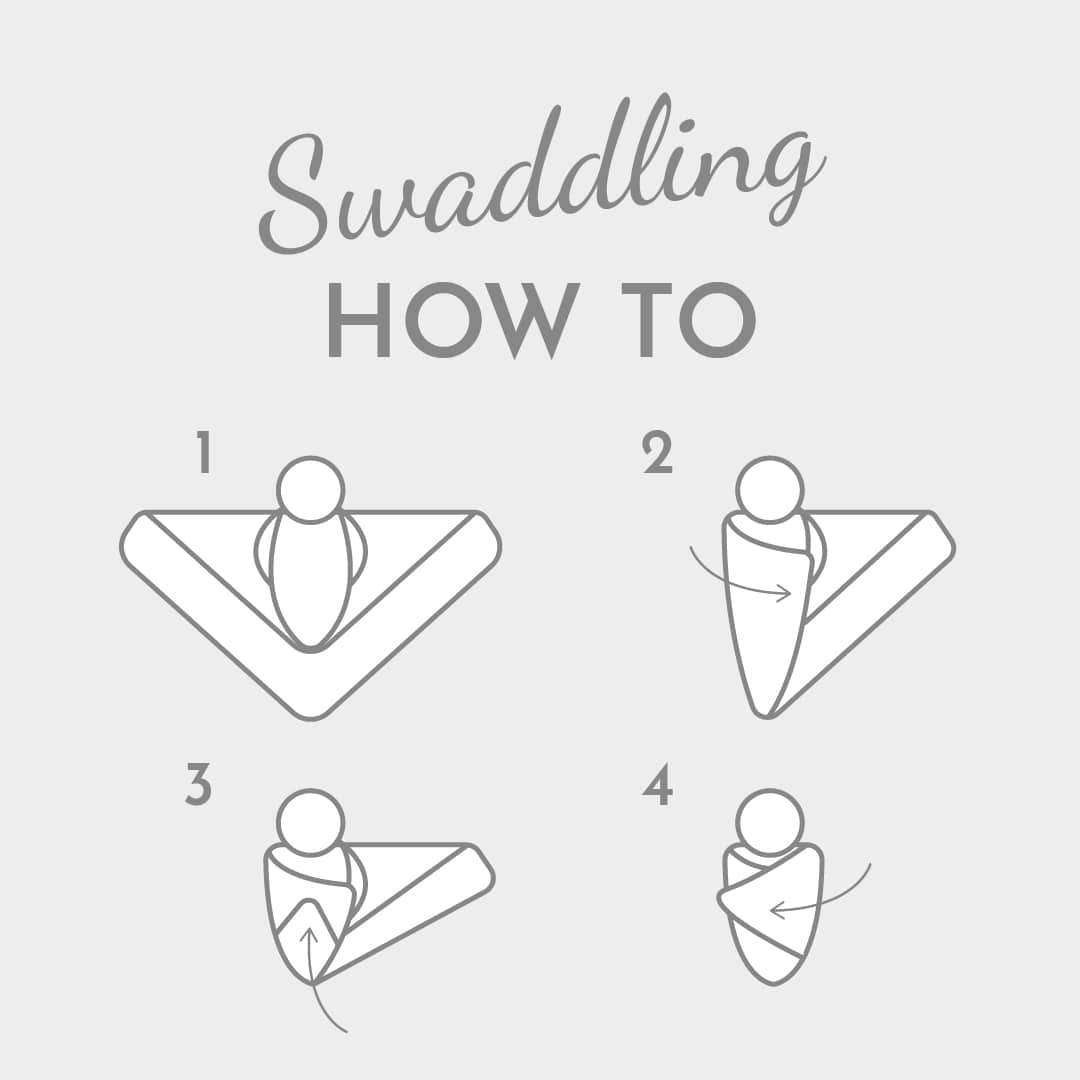Our cellular blankets are comfy, cosy, and perfect for use year-round with your little ones. Did you know that they can be used for swaddling, too? If you’re interested in giving swaddling a go with your baby but don’t know where to start, don’t worry! We’ve broken it all down so that you can decide whether swaddling is right for you and your little one, and if so, how to do it safely.

Swaddling babies is a traditional practice believed to have been invented during the paleolithic period, though some of the earliest depictions of swaddled babies have been found to go back as far as 4500 years BC! The practice involves gently wrapping your baby in a blanket made from a light, breathable material, and is thought to help soothe and settle them to sleep.
The idea behind swaddling is to try and recreate the snug, secure feeling of being in the womb to help make your baby's transition easier in their early days. For this reason, swaddling must only be introduced when your baby is a newborn. You must not continue swaddling once your baby has begun to roll over by themselves, as it is important that when they learn to do this they have their hands free to adjust themselves should they need to.
Many people find that swaddling has a calming effect on their baby, providing womb-like comfort that encourages a sense of safety and security. As many parents treat the first couple of months as their baby’s ‘fourth trimester’ - a transitional period during which they adjust to life outside the womb - the idea of making them feel held and snug as they sleep makes sense.
Swaddling can also help your baby avoid unnecessary wake-ups due to hypnic jerks, also known as their startle reflex. With their arms and legs gently contained within the blanket, your baby is less likely to startle awake due to the disrupting movement. Similarly, when babies are swaddled they’re unable to scratch their face, which can prevent skin irritation during the night.
As with all baby sleep practices, it’s important to ensure correct technique when swaddling to avoid risks such as overheating, or wrapping your baby up too tightly. Swaddling your baby is safe if done properly, which is why we’ve provided a visual guide below, along with a few swaddling safety tips sourced from the National Childbirth Trust.

Make sure your baby isn't swaddled for prolonged periods throughout the day, save swaddling as a relaxing bedtime ritual. Keep an eye on their movements, as swaddling must be phased out as soon as your little one learns to roll. Keep an open mind, some babies love swaddling while others may struggle. Do what works best for you and your little one. If your little one takes to it, be sure to inform any friends and family of the correct technique once you've mastered it. Spreading sleep tips empowers parents to better tackle baby bedtimes with confidence.